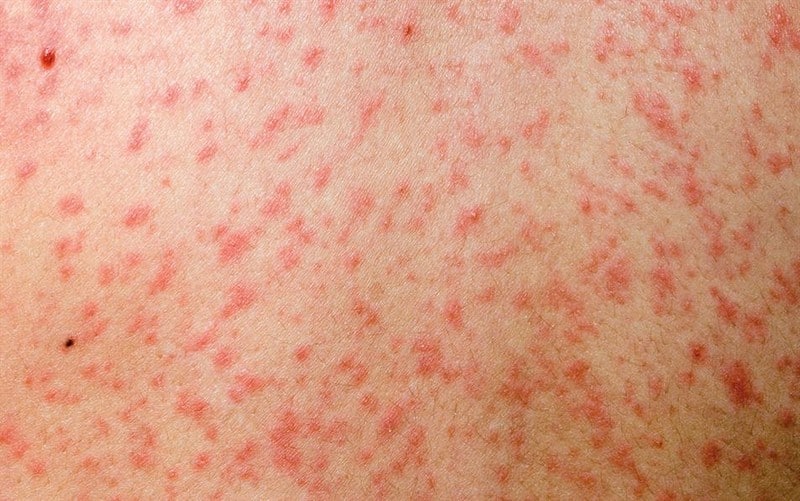Infectious Diseases

Petechiae are a symptom of viral, bacterial, and fungal infections. It can appear at any age and with different degrees of severity. As with other petechiae causes, it also seems to appear as round red, purple, or brown skin spots that don’t blanch when pressed. It usually involves blood leakage caused by loss of vascular integrity. Other than damaged blood vessels, petechiae may also result from different mechanisms related to infections like collapsed blood vessel walls, low platelet count, uncontrolled coagulation, toxin release, reaction to a medication, and damaged small cutaneous vessels.
Petechiae can either appear as a generalized petechial eruption or in a “bathing suit” distribution. They can also be benign or in distal and tourniquet placement, depending on the infectious cause of the condition. Some infectious causes of petechiae include Cytomegalovirus (CMV) infection, Hantavirus pulmonary syndrome, Epstein-Barr virus (EBV), endocarditis, dengue, measles, meningococcemia, mononucleosis (Mono), Rocky Mountain spotted fever (RMSF), influenza, enterovirus, scarlet fever, Neisseria meningitidis, candida and aspergillus infection, gastroenteritis, sepsis, respiratory syncytial virus, strep throat, viral hemorrhagic fevers, rubella, yellow fever, and adenovirus infections.










